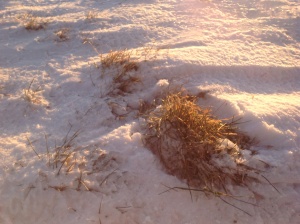We all live busy lives today. Add to that busy-ness, information overload. What do you do with all that information? Who has time to sort through all the information surrounding us? Let me help you with at least one question. What’s the difference between a corporate farm and a Family farm? I have read so many articles lately on the evils of corporate farms and how they are pushing family farms out of business. When I follow the resources I find conflicting information; farm sizes are shrinking/Corporate mega farms are growing, family farms are being pushed out of business/more families are bringing the next generation back to the farm, too much land is being used for food and fuel production/we need to feed more people today than ever before in history ??? My head is still spinning.
Welcome to our farm
We are a family that grows corn for food and feed, soybeans for cooking oil and sweet corn for immediate consumption :-) My husband and I raise this food together with our daughters, sons in law, grandchildren and my father and mother in law. In order to be able to sustain our farm for future generations we incorporated several years ago. Our grandchildren love working the land with us and talking to our neighbors about what we are doing as well as sharing sweet corn with them in the summer.
So, as you can see from our farm, things are not always as they are portrayed. We are a family farm that is incorporated. Statistically you will find us included in the “corporate farm” numbers and not family farm. I think that’s very misleading. Incorporating has nothing to do with size or mission and everything to do with financial and long term identity. For us that means we can pass the farm on to our children and grandchildren in a way that protects them in the future.
What’s the difference between a corporate farm and a Family farm? Most of the time NOTHING.




